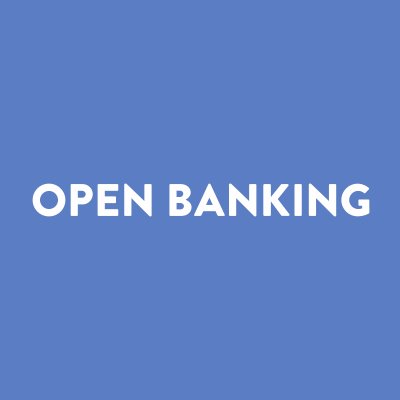
Open banking can be a competitive advantage: Here’s how
By Adrian Melillo, Regional Executive, Office of the CTO for APAC at MuleSoft
Open banking has arrived on Australia’s shores, following the kick-off of the pilot program in July. The Big Four are now required to make customer data more readily available and easier to consume for trusted third-parties. In order to be successful and to turn open banking into a competitive advantage, large banks must modernize their core legacy systems and enable a digital ecosystem around their core data and capabilities.
If done right, open banking can be a powerful tool that enables traditional banks to open up their products and services in new value chains through symbiotic partnerships with fintechs and other third parties. If treated casually and with limited effort, banks risk falling behind more customer-centric organisations.
The legacy challenge
A bank’s core platform is like a heart, with thousands of custom code connections in its IT systems acting as the valves and arteries that keep it alive. While cheap and quick to put in place, custom code connections prove costly and brittle over time. As changes are needed, the calcified connections break instead of bend.
To achieve greater flexibility, banks need to move away from custom code and unlock their core legacy systems with APIs to free valuable customer data trapped inside. According to MuleSoft’s Connectivity Benchmark Report, 76% of Australians say data silos are creating business challenges in their organisations. When unlocked, this data can be offered as a service to developers both internally and externally. Just as a chef selects raw ingredients to make a meal, developers can pick and choose from a wide selection of ingredients in the form of applications, data and devices and leverage APIs to connect them in different ways to make something unique.
To fully embrace open banking and the opportunities it presents, financial institutions must invest in conducting regular health checks on their legacy systems and ensuring they are equipped to adapt to changing consumer expectations. To create this agile environment, banks need to unbundle and drive innovation first at the core and then the edges.
Leading the way with APIs
APIs are powerful building blocks that allow systems, applications and devices to share data more easily, regardless of where it resides or what format it’s in. As a result, APIs allow banks to unbundle their monolithic infrastructure into agile building blocks that can be reused by internal and external stakeholders. With nearly three-quarters of IT organisations in the financial industry currently undertaking digital transformation initiatives, according to the Connectivity Benchmark Report, APIs offer a more fluid framework to allow banks to transform more quickly.
By adopting an API strategy, banks will be better positioned to not only adhere to open banking standards but also to drive competitive advantage. Whether creating an open ecosystem around their existing products and services for fintechs to plug into or unlocking valuable data from legacy systems, banks can use APIs to drive innovation and deliver differentiated customer experiences.
With the UK’s open banking initiative well underway, several banks such as HSBC and Barclays have already adopted an API strategy to unbundle their core and create an application network that third parties and fintechs can tap into. As market conditions change, these banks can then flexibly plug and unplug business capabilities and data as needed. HSBC, for example, is unlocking its backend systems with APIs to develop a range of new customer-facing services, such as an app that aggregates data from 21 of its rival banks. Additionally, last October, HSBC announced the launch of its Digital Partner Platform, where it’s using APIs to expose its business capabilities to a digital ecosystem that invites partners to participate in the co-creation of value.
On the disruptor side, fintech lender Tic:Toc is partnering with some of Australia’s largest banks to empower them to automate mortgage assessments. Tic:Toc’s API approach to connecting the various systems required for evaluating loan applicants has enabled it to reduce the home loan processing time down to a matter of minutes compared to the industry average of 22 days.
Finance’s future is bright
With the continued rollout of open banking, we’ll see the rise of Banking-as-a-Service, where banks become a marketplace of services accessible via APIs. Rather than being the sole provider of services, banks will be tasked with finding the right match to meet their customers’ needs–even if it means a competitor’s solution.
In an increasingly customer-centric environment spurred on by the royal commission and open banking’s pilot, banks will face increased pressure to reorient around the customer. Yet, open banking could present the perfect storm of opportunity for banks to see their digital transformation initiatives through and win the trust and loyalty of consumers—or risk losing out to better-equipped rivals.


